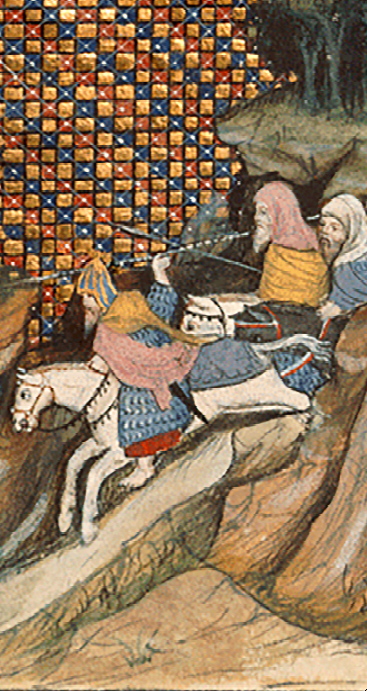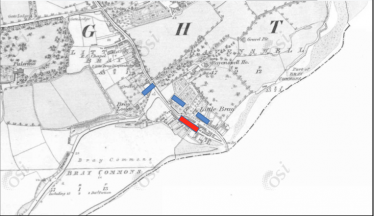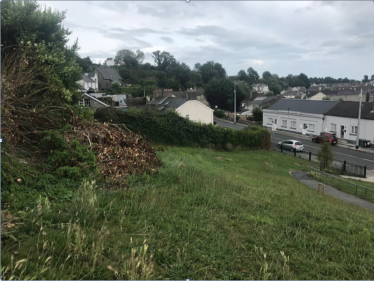The Battle of Bloody Banks





Bray was the scene of a decisive and bloody conflict in AD 1402.
A fearsome prospect
In late summer AD 1402, a large group of O’Bryne clansmen accompanied by O’Meagher mercenaries from Co. Tipperary were camped on open ground just north of Little Bray. Little Bray contained the fair green for the settlement of Bray. The buildings surrounding the green were owned by those with important links to the city of Dublin.
The citizens of Bray must have been incredibly worried, after the disastrous campaign of Richard II in Leinster during AD 1399, and the effective bankruptcy of the royal government in Dublin in the following years. There seemed to be no one who could stop the O’Brynes from sacking the town at will, or worse, seizing its lands for themselves.
Dublin comes to the rescue
That was until a citizen army raised in Dublin by the Lord Mayor, John Drake, came to the rescue. Drake gathered up the remaining troops that the royal government in Dublin still could pay, along with a body of citizenry from the city and surrounding areas. Then he marched to Bray to relieve the town. Along the way, this army was joined by soldiers from the Walshe lords of Carrickmines Castle, and even members of the Knights Hospitallers military order stationed at Ballyman.
What followed was a rout. The army under Drake surprised the O’Byrne and O’Meaghers and would seem to have driven them onto the steep ground of the modern Upper Dargle Road, subsequently called the Bloody Banks, although later again ‘rebranded’ as Sunnybank. The casualties are reported by the annals to have been in the high hundreds, substantial for this period.
Gift of a royal sword
The town of Bray was saved and the O’Brynes never came so close to seizing the town again.
In recognition of their success, John Drake and the citizens of Dublin were presented with a battle sword belonging to King Henry IV, still carried before the Lord Mayor of Dublin to this day.
Recalling this event
Information about this local historical event and graphics were put in to the windows and the door of Verdun Cottage in Bray by Bray Medieval Project in collaboration with Bray Tidy Towns. The images above depict the meeting of Crown forces and those of the King of Leinster, Art Mac Murchadha-Kavanagh, in 1399, a few years prior to the Battle of Bloody Banks.
Talk at Bray Library
The battle, or rout, of the Irish forces on the Bloody Bank has largely been forgotten. The Victorian sanitisation of the name ‘Bloody’ to ‘Sunny’ has in no small way assisted in its loss in Bray’s history.
But, this rout is an extremely important event in the later medieval history of Bray and in the wider area.
The Medieval Bray Project are looking for ideas from the wider community….to bring this battle to life.
Attached is a pdf of the library talk and more information will be added to this story in the near future.




No Comments
Add a comment about this page